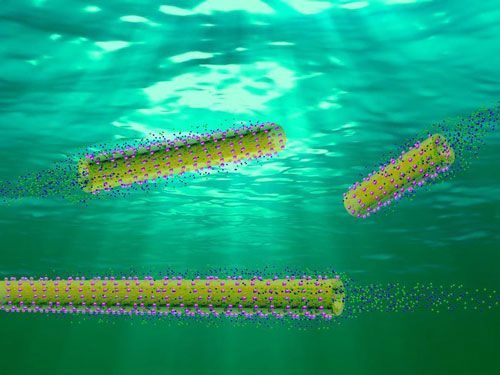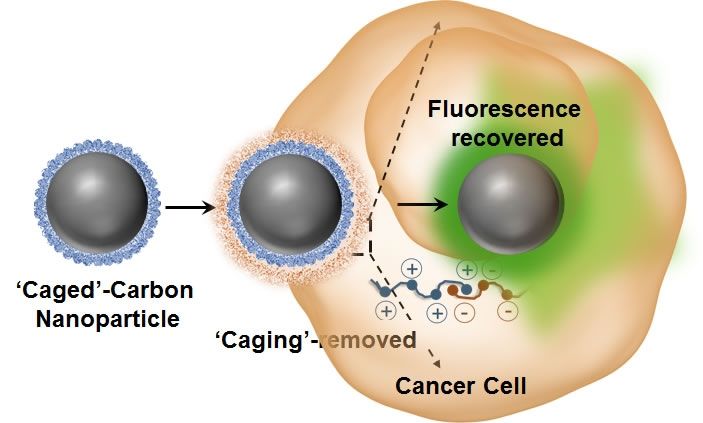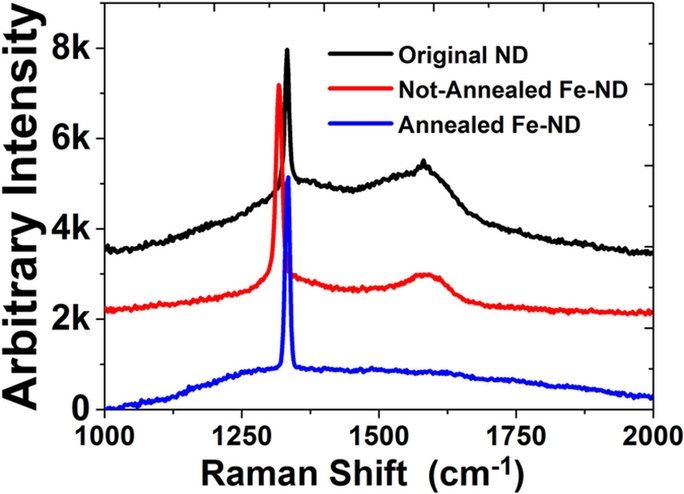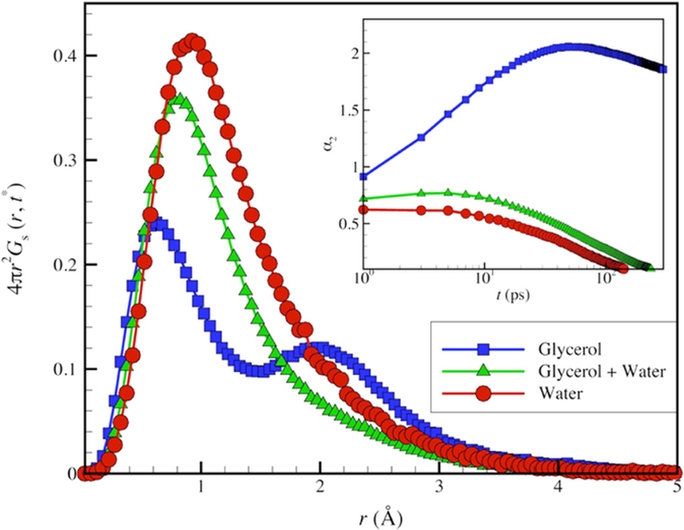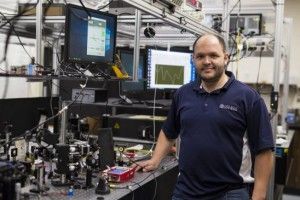Nice.
Nanorobots and other mini-vehicles might be able to perform important services in medicine one day for example, by conducting remotely-controlled operations or transporting pharmaceutical agents to a desired location in the body. However, to date it has been hard to steer such micro- and nanoswimmers accurately through biological fluids such as blood, synovial fluid or the inside of the eyeball.
Researchers at the Max Planck Institute for Intelligent Systems in Stuttgart are now presenting two new approaches for constructing propulsion systems for tiny floating bodies. In the case of one motor, the propulsion is generated by bubbles which are caused to oscillate by ultrasound (Applied Physics Letters, “Wireless actuation with functional acoustic surfaces”). With the other, a current caused by the product of an enzymatic reaction propels a nanoswimmer (JACS, “Bubble-Free Propulsion of Ultrasmall Tubular Nanojets Biocatalytic Reactions”).
An enzyme-propelled nanorobot: urease-coated nanotubes turn into a propulsion system in a urea-containing liquid because the enzyme breaks down the urea into gaseous products. Since the tubes always have small asymmetries, the reaction products generate a current in the fluid which propels them out of the tube like a jet. (Image: MPI for Intelligent Systems)
